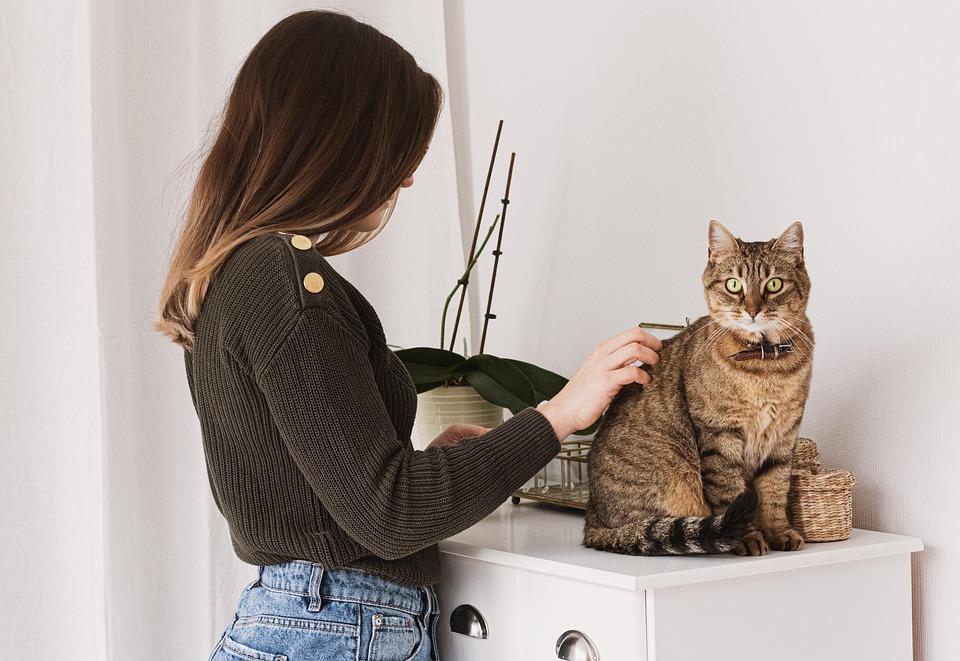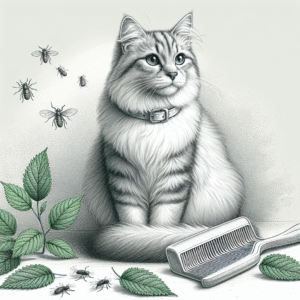
Cats are known for their self-grooming habits, but that doesn’t mean they don’t need a helping hand from their human companions. Grooming is essential not only for keeping your feline friend looking their best, but also for their overall health and well-being. In this article, we’ll delve into the basics of cat grooming, covering everything from brushing and bathing to nail trimming and ear cleaning. Whether you’re a new cat owner or a seasoned caretaker, these tips will help you keep your kitty healthy and happy.
Understanding Your Cat’s Grooming Needs
Each cat is unique and so are their grooming needs. Factors such as breed, age, health status, and coat type all play a significant role in determining how much grooming your cat requires.
Breed and Coat Type
Cats with long or dense coats, such as Persians or Maine Coons, typically require more frequent grooming than short-haired breeds like the Siamese or American Shorthair. Long-haired cats are prone to tangles and mats, which can lead to skin issues if not addressed. Regular brushing helps prevent these problems and keeps their coat shiny and healthy.
Age and Health
Kittens and elderly cats may need extra grooming assistance. Kittens are still learning how to groom themselves effectively, while older cats may have difficulty reaching certain parts of their body due to arthritis or other age-related issues. Additionally, health conditions such as obesity or dental problems can affect a cat’s ability to groom themselves properly.
Brushing: The Cornerstone of Cat Grooming
Brushing is perhaps the most critical aspect of cat grooming. It not only keeps their coat in top condition but also reduces shedding and prevents hairballs.
Choosing the Right Brush
Selecting the right brush is crucial for effective grooming. For long-haired cats, a slicker brush or a comb with wide-set teeth works best. Short-haired cats benefit from a bristle brush or a grooming mitt. Always ensure the brush is gentle on your cat’s skin to avoid irritation.
How Often to Brush
Long-haired cats should be brushed daily to prevent tangles and matting. Short-haired cats can generally be brushed once a week. Regular brushing sessions should be kept short and positive, especially if your cat is not used to being groomed.
Bathing Your Cat: When and How
While cats are adept at keeping themselves clean, there are instances when a bath becomes necessary, such as when they get into something sticky or harmful.
Preparing for Bath Time
Before bathing your cat, gather all necessary supplies: cat-safe shampoo, a large towel, and a cup or gentle sprayer for rinsing. It’s important to use products specifically designed for cats, as human shampoos can be too harsh for their sensitive skin.
Steps for a Successful Bath
1. Fill a sink or tub with a few inches of lukewarm water.
2. Gently place your cat in the water, speaking soothingly to keep them calm.
3. Wet their fur thoroughly, avoiding the head and ears.
4. Apply a small amount of shampoo and lather, then rinse completely.
5. Wrap your cat in a towel and gently dry them.
Remember, not all cats take kindly to baths, so proceed with patience and caution. If your cat is particularly resistant, consider professional grooming services.
Nail Trimming: Keeping Claws in Check
Nail trimming is an often-overlooked aspect of cat grooming but is vital for their comfort and health.
Why Trim Your Cat’s Nails?
Regular nail trims prevent overgrowth, which can lead to painful breaks or infections. They also reduce the likelihood of damage to furniture and minimize the risk of scratches to humans or other pets.
How to Trim Your Cat’s Nails
1. Use a high-quality pair of cat nail clippers.
2. Hold your cat’s paw gently, pressing lightly to extend the claw.
3. Trim only the sharp tip, avoiding the quick, which is the pink part of the nail that contains nerves and blood vessels.
4. Trim nails every two weeks or as needed.
Make the experience positive by offering treats and praise. If you’re unsure or nervous about trimming your cat’s nails, consult your veterinarian or a professional groomer for guidance.
Ear Cleaning: Maintaining Healthy Ears
Regular ear checks and cleaning are essential to prevent infections and ensure your cat’s ears are healthy.
Signs of Ear Problems
Watch out for symptoms such as redness, excessive scratching, discharge, or an unusual odor, which could indicate an ear infection or mites.
Cleaning Your Cat’s Ears
1. Use a vet-recommended ear cleaner and a soft cloth or cotton ball.
2. Gently wipe the outer part of the ear, avoiding the ear canal.
3. Never use cotton swabs, as they can damage the ear drum or push debris further into the ear.
Regular ear checks should be part of your grooming routine. If you suspect an infection, consult your veterinarian promptly.
Dental Care: A Key Aspect of Grooming
Good dental hygiene is often overlooked but is crucial for preventing dental disease, which can lead to more severe health issues.
Brushing Your Cat’s Teeth
1. Choose a cat-specific toothbrush and toothpaste.
2. Start slowly, allowing your cat to get used to the taste of the toothpaste and the feeling of the brush in their mouth.
3. Brush their teeth gently in a circular motion, focusing on the gum line.
4. Aim to brush their teeth several times a week.
If brushing proves challenging, dental treats and toys can help reduce plaque and tartar build-up.
Conclusion
Grooming your cat is an essential part of responsible pet ownership that contributes to their health and happiness. By understanding your cat’s specific needs and incorporating regular grooming sessions into your routine, you can help ensure they live a comfortable and fulfilling life. Remember, patience and consistency are key, and always consult your veterinarian with any concerns or questions regarding your cat’s grooming and health.
#ChatGPT assisted in the creation of this article.








